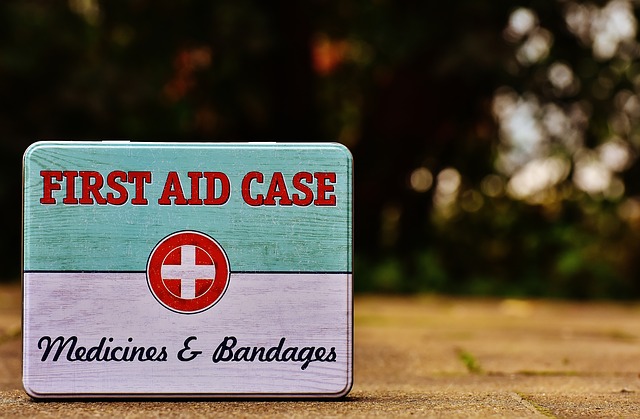
Stroke can strike anywhere, whether you are driving, having dinner, standing at a bus top or attending a party. If you’re having a conversation with somebody and you notice that the person’s face is dropping and his/her speech is slurred, He might be at risk for stroke attack. Immediately go and take that person for the medical treatment. Strokes are uncertain, can happen anywhere and anytime. So, as soon as you sense a person is having a stroke or losing his/her coordination and imbalance, require immediate action.
A stroke is mostly known as a brain attack, which occurs when a blood vessel in the brain disrupts and bleeds or there is an interruption in the blood supply to the brain. The disruption or blockage prevents blood and oxygen from reaching the brain’s tissues. If there is a lack of oxygen in the brain, cells and tissues become damaged and begin to die in every other minute. If a stroke is not diagnosed early, it can lead to the permanent brain damage or death of a patient. If the patient has got the immediate treatment, there are a lot of chances for successful recovery and survival of that patient. Millions of brain cells are lost every minute until the stroke is diagnosed and treated. So, it is better to get it diagnosed as soon as possible by observing the signs and symptoms of Stroke.
Recognising the signs and symptoms of a stroke
Depending on the severity of the stroke, symptoms may be lenient or devastating. Before you are planning to help somebody, you need to know what to look for following symptoms.
- Face: Is the face numb or does it droops on one side?
- Arms: Is one arm numb or weaker than the other? Does one arm stay lower than the other when trying to raise both arms?
- Speech: Is speech slurred or dilemmatic
- Time: If you find to any of the above in a patient, it’s time to call emergency services immediately.
There are some of the key things that we should keep in mind while handling a stroke patient. Ignore this first aid can lead to the serious chronic issue or can also lead to his/her death.
- Help the person lie down: A stroke can cause dizziness and imbalance in the body, keep stroke victims on their side with the head slightly elevated to promote blood flow. Help them lying down on the bed or a floor.
- Loosen any restrictive clothing: If the person is wearing the tight outfit, it is advisable to loosen it and open up the buttons of shirt. This helps the stroke victim breathe more easily.
- Check if the person is breathing: Always check for pulse and breathing. If there is no pulse and the patient has stopped breathing, begin CPR immediately.
- Call nearest hospital immediately: The moment, brain is deprived of oxygen, it loses about 1.9 million neurons, which is exactly why every minute counts, that can never be replaced.
- Always mention the word ‘Stroke’ with the medical person: If you are not sure that the person has got the stroke or it is just unconsciousness, always let the medical person know so that they get more time to prepare for first aid and other initial medical requirements.
- Write down the time: This will surely help the emergency team to act as efficiently as possible. Knowing when the symptoms started can help doctors (neurologist) determine the appropriate kind of treatment required. If you are not sure when the symptoms started, Always note when the person was last seen “normal” can be very helpful.
- Always provide the entire information to the doctor: If you know the person already and if you are aware about his/her health concerns, such as high blood pressure or diabetes, uses any medications or has certain drug allergies, share this information with the emergency team immediately.
PREVENTION OF STROKE:
Stroke is a kind of cardiovascular disease, it makes sense that keeping your heart and blood vessels as healthy as possible will reduce your risk of stroke. The following are the most important measures you can take to prevent your stroke risk.
- Monthly medical check-ups
- Control over blood pressure
- Quit smoking
- Treatment of heart disease
- Diet Enrichment
- Maintain a healthy weight
- Exercise on daily basis
- Treat diabetes
Adopt stress relieving activities

